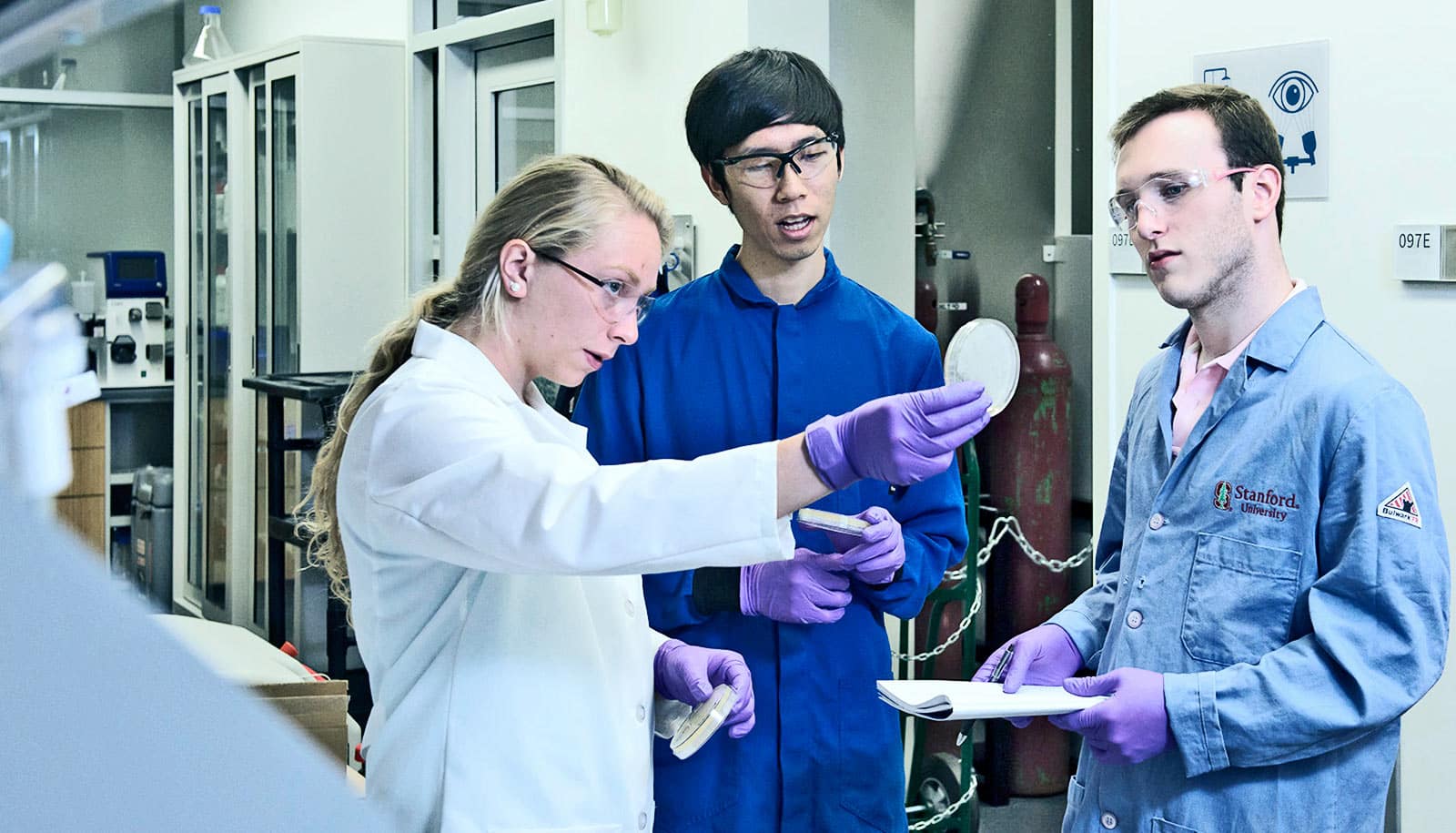Gender diversity in science comes down to more than just who is on the team. The research approaches and types of questions the field addresses also shift—and lead to better science, according to a new study.
Women and girls are increasingly encouraged to pursue STEM (science, technology, engineering, and math) careers, potentially leading to greater gender diversity within research organizations. While Stanford historian Londa Schiebinger sees that as a positive step, she wants those organizations to go further by also supporting the changes to research itself brought on by the greater diversity.
“Everybody supports diversity these days,” Schiebinger says. But for the most part, that diversity refers to the people on the team, not the outcomes. “Our hypothesis is that if you bring diversity to the team, you get diversity in the kinds of questions people ask,” she says.
And those new research directions could have their consequences. “If people are asking new questions we might also get new participants,” she says.

Schiebinger and a team of researchers recently published a paper in Nature Human Behaviour proposing ways organizations can continue to encourage gender diversity while also supporting diversity in new research directions that may result. Their paper lays out how research organizations—from research teams to universities to the broader disciplines in which they are embedded—can create the conditions for diversity to flourish.
3 types of diversity
Schiebinger points out three kinds of diversity:
- Diversity in research teams
- Diversity in research methods
- Diversity in the questions researchers ask
The first form of diversity refers to who is on the team, Schiebinger says. “The other two are about how we create knowledge.”
Those three types of diversity are interrelated, Schiebinger says. “Improving one likely leads to improvements in the others.” In areas like engineering, where women are still poorly represented, paying more attention to diversity in methods and questions asked may result in more success in attracting women to the field, she says.
“If research is funded by taxpayer monies, you need to integrate sex and gender into your work so that everyone in society benefits.”
In previous work, Schiebinger and colleagues showed that when women are involved in medical research they are more likely to take sex and gender into account in their work—looking at drug side effects in men versus women, for example, or including both sexes in a study and reporting the results by sex.
The results of considering both sexes are wide-ranging, including finding significant osteoporosis risk in men over 75, which researchers had overlooked in the focus on women with the disease. Other examples include a new awareness of how heart attacks manifest differently in women compared with more frequently studied men, pregnant crash-test dummies, and how machine learning may amplify human biases.
The benefits of inclusive teams
The researchers hope their analysis will encourage related policies at the US National Science Foundation. “You can think of gender as a variable and if you leave it out, you potentially miss something important in scientific research with human outcomes,” Schiebinger says. “While our study focused on gender diversity, we hope it contributes to a better understanding of the possible benefits associated with other types of diversity as well.”
Creating more diversity in people and in research methods are changes funding agencies or universities can directly encourage. Schiebinger says that when more men join fields like nursing or when more women join fields like computer science and engineering, those fields should be open to the changes in research directions and agendas newcomers are likely to introduce. They point to historians, who began exploring gender history, the history of sexuality, and a host of new questions as women entered the field over the past 30 years.
The researchers point out that it’s not necessarily clear whether diversity among researchers spawned the expanding research directions, or if those directions came out of larger shifts in society, such as the women’s movement and the civil rights movement. Either way, Schiebinger says, society needs diverse teams asking the questions with the gender-inclusive data to get the best possible scientific outcomes.
Source: Stanford University



